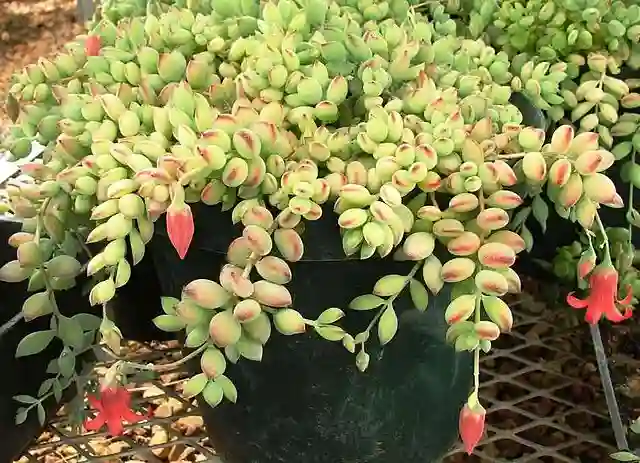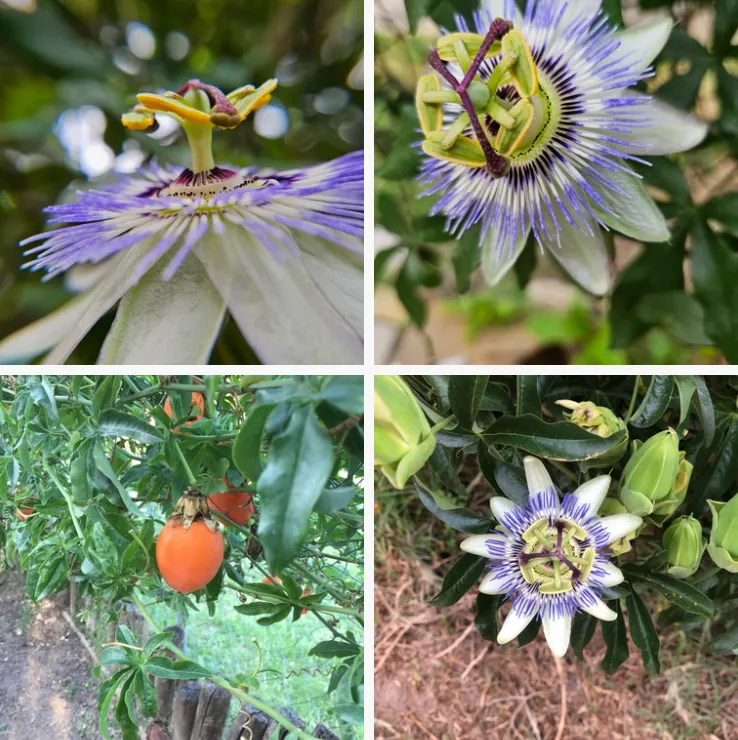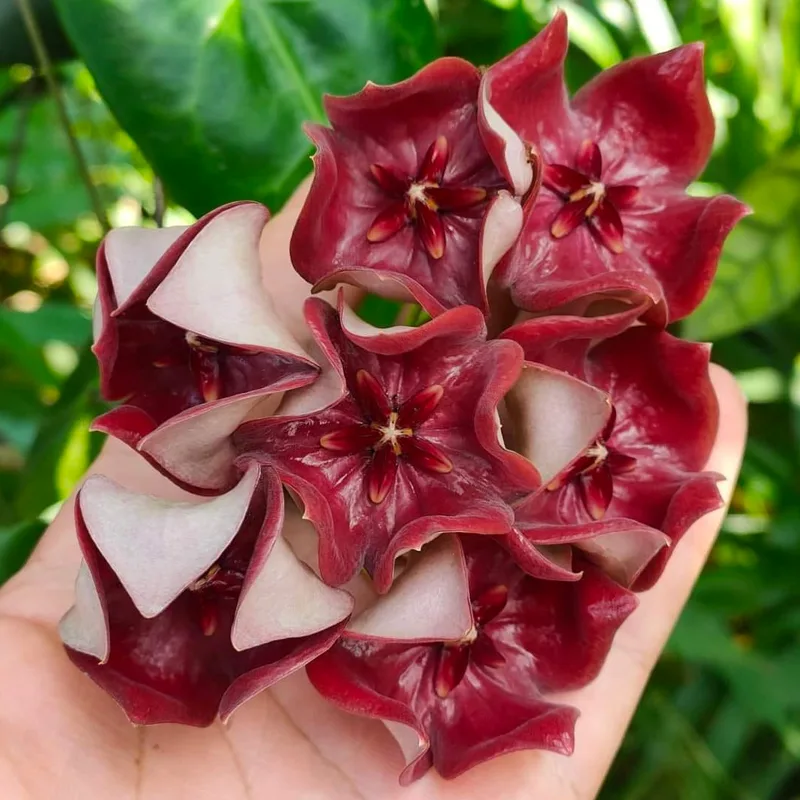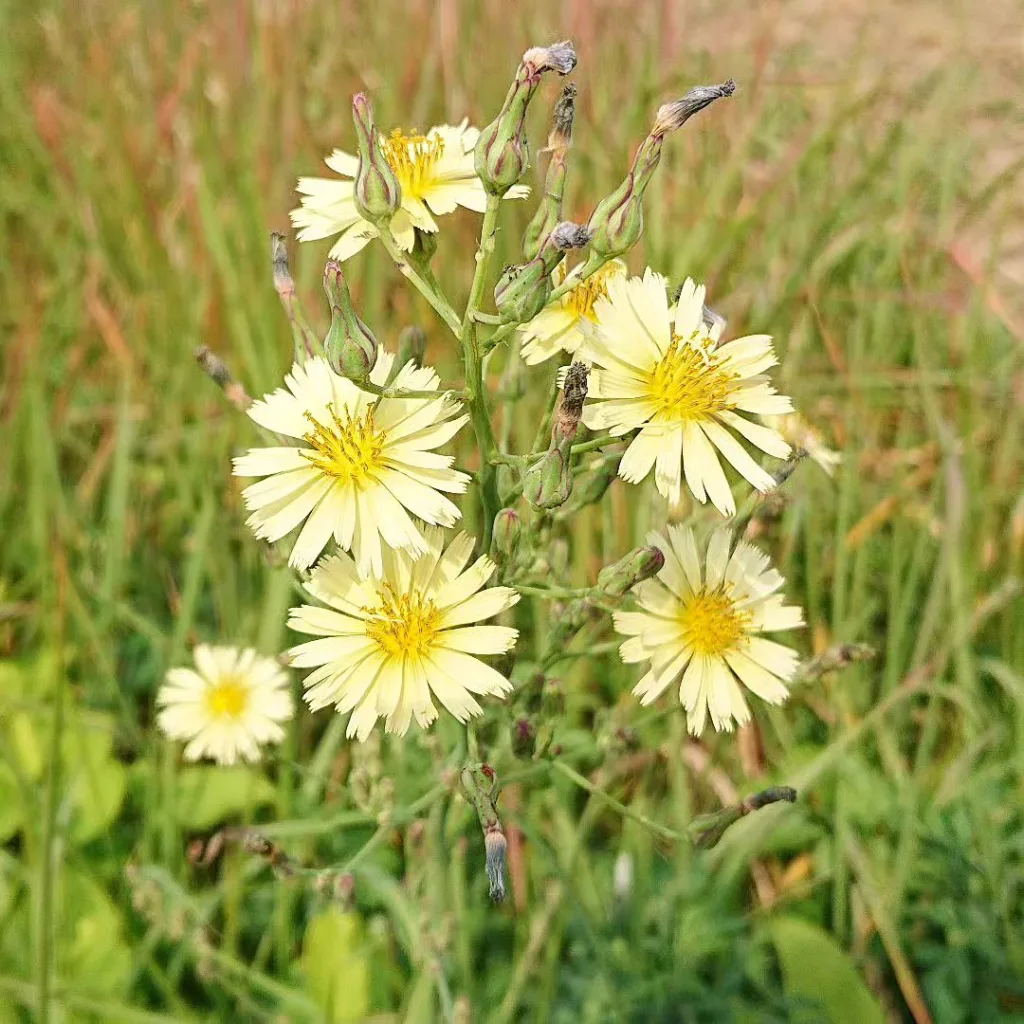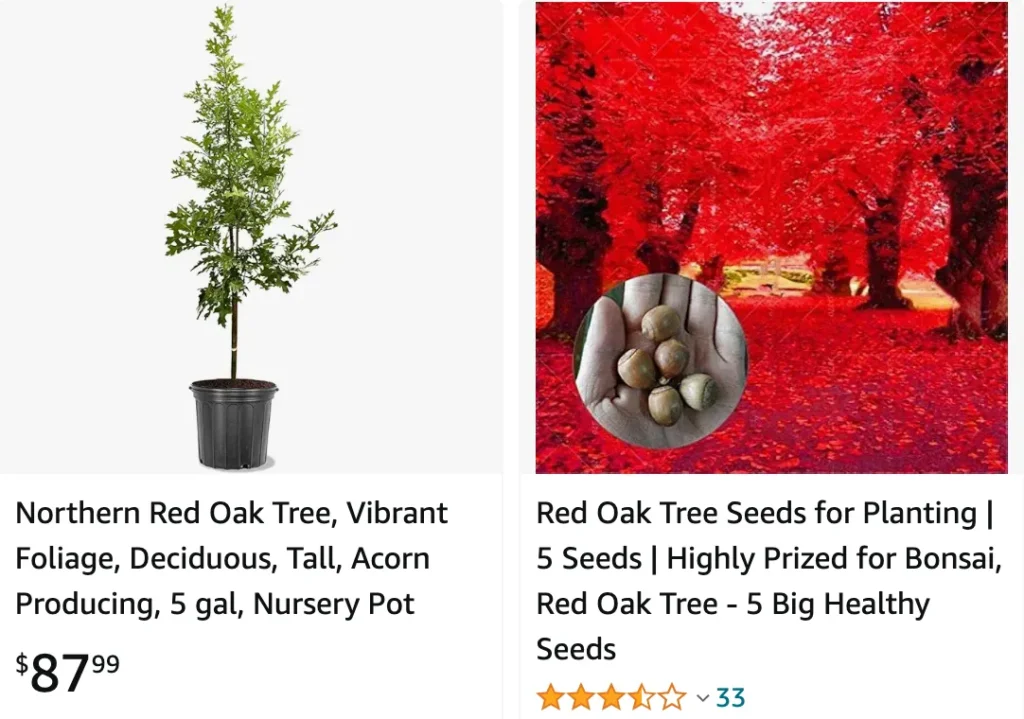
The Allure of the Texas Red Oak: Planting a Piece of the Southern Plains
The postman whistled a jaunty tune as he dropped off a package addressed to me. Inside, nestled amongst packing peanuts, was a small cardboard box with air holes. Curiosity piqued, I tore into the packaging to find a bundle of spindly saplings – Quercus buckleyi, or Texas Red Oak, to be precise.
For years, I’d admired these majestic trees lining the streets of my hometown in Texas. Their lobed leaves shimmered emerald green in summer, transforming into a fiery tapestry of reds and oranges come fall. The thought of nurturing one from a seedling, witnessing its transformation into a towering giant, filled me with a sense of wonder.
Now, with these little saplings in hand, the question loomed: could I cultivate a piece of the southern plains magic in my own backyard?
657 Species in Genus Quercus
Quercus Buckleyi vs Shumardii
When I compared Quercus Buckleyi with Shumardii, I found that Buckleyi’s vibrant fall colors lasted longer in my yard, making it a standout in the autumn season, whereas Shumardii seemed to handle the summer heat better, maintaining a more robust appearance.
Where to Find Your Texas Red Oak Seedling?
Finding a reputable source for Quercus buckleyi seedlings can feel like searching for buried treasure. Local nurseries might not always carry them, and online retailers can be hit-or-miss. Here’s what I learned on my quest:
- Native Plant Nurseries: These nurseries specialize in indigenous flora, making them a great first stop. They can offer valuable advice on planting and care specific to your region.
- Online Retailers: With a little research, you can find online retailers specializing in native trees. Look for companies with a proven track record and positive customer reviews regarding plant health and packaging.
- Seed Banks: Certain seed banks offer Quercus buckleyi seeds. While this route requires patience (germination can take months), it can be a rewarding experience for the dedicated plant enthusiast.
How to plant Texas Red Oak?
Planting your Texas Red Oak seedling is a straightforward process, but requires a bit of planning. Here are some key things to keep in mind:
- Timing is Key: The ideal planting window falls in late fall or early winter, when the tree is dormant. This allows the roots to establish themselves before the summer heat arrives.
- Location, Location, Location: Texas Red Oaks thrive in full sun and well-drained soil. Avoid planting them too close to existing structures or power lines, as they can grow quite large.
- Prepare the Soil: Dig a hole two to three times wider than the root ball and slightly deeper. Amend the soil with some compost to improve drainage and provide essential nutrients for the young tree.
How to care for Texas Red Oak?
With proper care, your Texas Red Oak seedling will flourish into a magnificent specimen. Here’s how to nurture its growth:
- Watering: Water your sapling regularly, especially during its first year. Aim for deep watering that saturates the root zone, allowing the soil to dry slightly between waterings. As the tree matures, watering needs will decrease significantly due to its drought tolerance.
- Mulching: Apply a layer of mulch around the base of the tree, keeping it a few inches away from the trunk. Mulch helps retain moisture, suppress weeds, and regulate soil temperature.
- Pruning: Minimal pruning is necessary for Texas Red Oaks. However, you can remove any dead, diseased, or crossing branches to maintain a healthy structure during the tree’s formative years.
Patience is a Virtue: Witnessing the Majesty Unfold
The Texas Red Oak is a slow-growing tree, offering a lesson in patience. But the wait is undeniably worth it. As your Quercus buckleyi matures, it will reward you with:
- A Tapestry of Color: The vibrant fall foliage is a breathtaking spectacle, transforming your landscape into a fiery masterpiece.
- Wildlife Haven: The tree provides food and shelter for a variety of birds, squirrels, and other creatures, creating a vibrant mini-ecosystem in your backyard.
- Natural Shade: In the years to come, the Texas Red Oak will provide welcome shade on hot summer days, creating a cool and inviting space to relax and enjoy the outdoors.
Planting a Texas Red Oak seedling is an investment in the future. You’re not just nurturing a tree; you’re cultivating a piece of history, a beacon of beauty that will stand strong for generations to come. So, with a little dedication and a lot of heart, you can bring the magic of the southern plains to your very own backyard.
If i die, water my plants!
